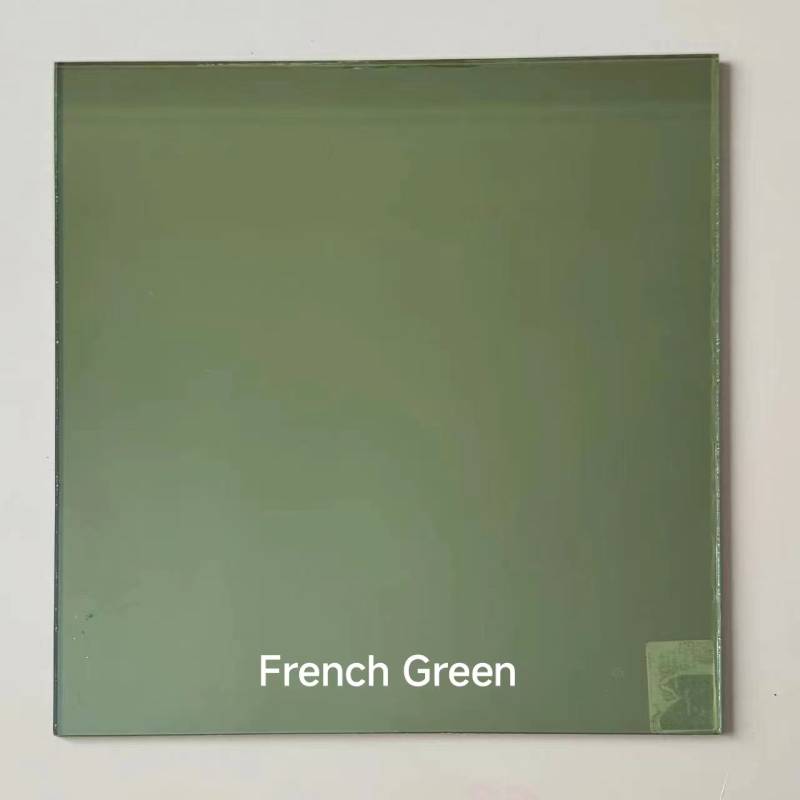

The Elegance of Decorative Glass Art A Timeless Craft
The world of decorative glass art is a mesmerizing realm that beautifully merges creativity, technique, and history. From ancient civilizations to contemporary artists, the craft of transforming glass into stunning visual masterpieces has been a significant form of artistic expression. Decorative glass art encompasses a wide range of techniques, including stained glass, blown glass, fused glass, and etched glass, each offering unique aesthetic qualities and artistic possibilities.
The origins of decorative glass art can be traced back thousands of years, with examples found in Egyptian, Roman, and Byzantine works. Early artisans mastered the art of glassmaking, creating both functional and decorative pieces. The invention of stained glass during the Middle Ages marked a pivotal moment in decorative glass art, especially in Europe. Complex designs depicting religious stories adorned church windows, casting colorful light into sacred spaces. The intricate craftsmanship not only served a religious purpose but also conveyed social and historical context, making stained glass a significant cultural artifact.
As we moved into the Renaissance, glass art underwent a transformation, driven by the era's focus on realism and naturalism. Venetian glassmakers, particularly those from the island of Murano, gained immense renown for their innovative techniques. They developed methods for creating delicate, intricate patterns and vibrant colors, elevating glass from mere utility to high art. This period not only solidified glass as a medium for art but also established its place in luxury and design.
In the modern era, decorative glass art has continued to evolve, influenced by technological advancements and diverse artistic trends. Artists experiment with various techniques, producing unique pieces that range from functional objects like vases and bowls to abstract sculptures. Fused glass, for instance, involves melting pieces of glass together to create a seamless design, opening doors to inventive forms and textures. Artists can layer colors, incorporate glass powders, and even add other materials, resulting in eye-catching works that challenge traditional notions of glass craftsmanship.

One prominent figure in contemporary glass art is Dale Chihuly, whose large-scale installations have garnered international acclaim. Chihuly’s works are characterized by their vibrant colors and organic forms, often inspired by natural elements. His installations in gardens, museums, and public spaces have transformed the perception of glass art, presenting it as an immersive experience that captivates audiences.
Moreover, the role of decorative glass art extends beyond aesthetic enjoyment. It has found a significant place in architecture and interior design. Architects and designers incorporate decorative glass elements into buildings, using them to enhance spatial dynamics and control light. Artful glass partitions, stunning skylights, and elaborate facades can elevate both public and private spaces, bridging the gap between art and daily life.
Another important aspect of decorative glass art is the community it fosters among artisans and enthusiasts. Glass art studios often become creative hubs, where artists share techniques, experiment with materials, and collaborate on projects. Workshops and exhibitions provide platforms for emerging artists to showcase their work and gain exposure. The glass art community is vibrant and inclusive, celebrating diversity in style and technique while promoting the importance of craftsmanship.
In conclusion, decorative glass art is a timeless and evolving discipline that reflects cultural significance and artistic ingenuity. From its historical roots to contemporary forms, it serves not only as a form of personal expression but also as a vital element in architecture and design. As we celebrate the beauty of glass art, we recognize its ability to inspire wonder, provoke thought, and foster connections within our communities. The intricate interplay of light, color, and form in decorative glass art will continue to enchant and captivate generations to come, ensuring its place in the tapestry of human creativity.